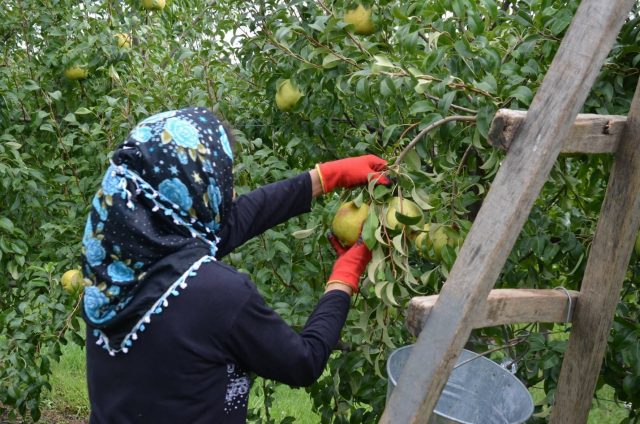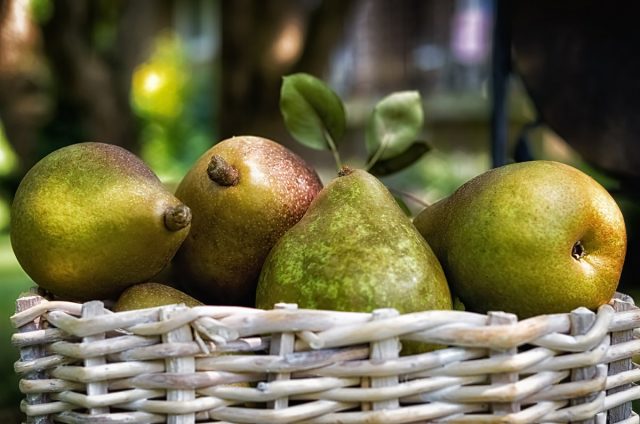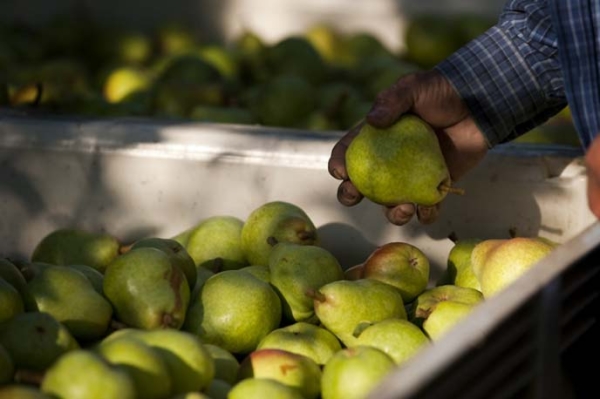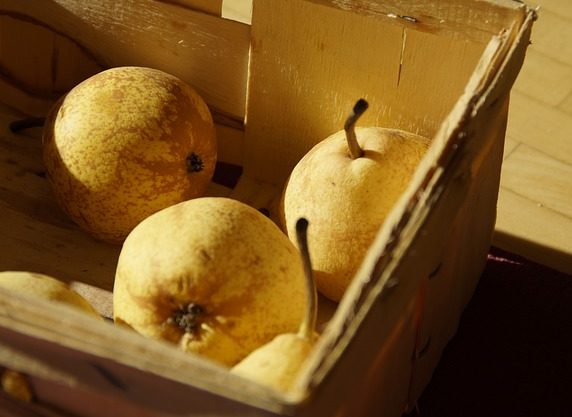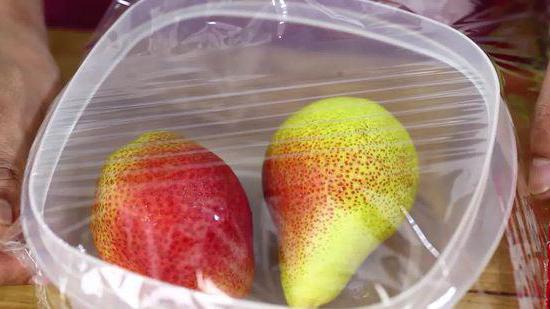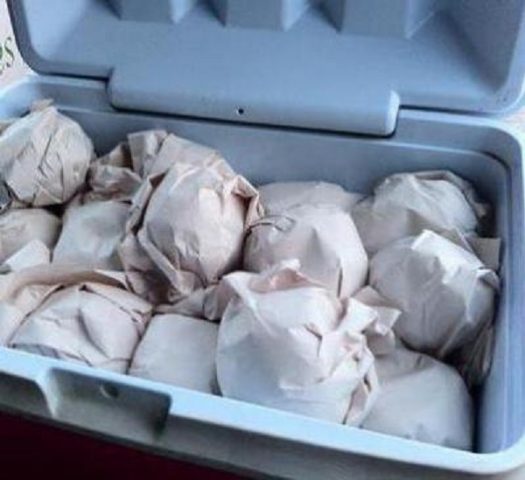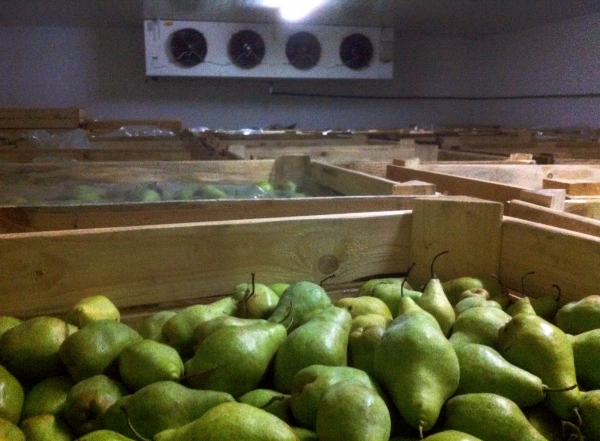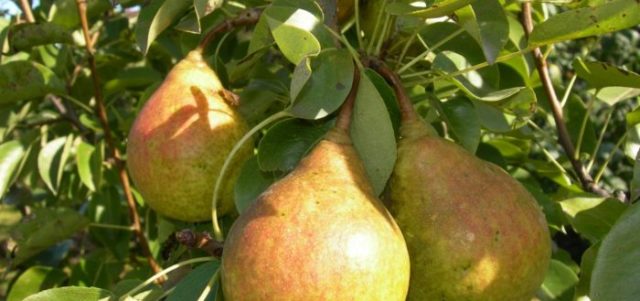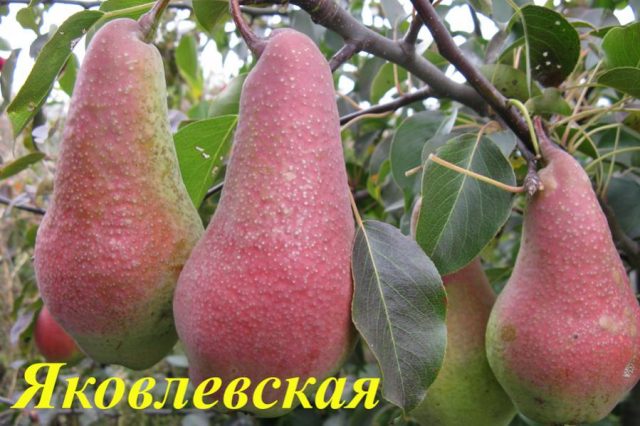Content
In terms of the content of nutrients, pears are superior to most fruits, including apples. They are eaten in summer, compotes, juices, preserves are prepared for the winter, and dried. Storing pears is no more difficult than apples, but for some reason this is rarely done in subsidiary plots, and large farms are rarely associated with laying this crop for the winter.
The reason is not only that only winter varieties are suitable for this, which do not have time to reach consumer ripeness in most regions of Russia. There are just no problems with this; for storage, the collection of fruits is carried out at the stage of removable maturity. Only in the State Register there are 35 late autumn and winter varieties of pears, in fact, there are several times more of them. So there is plenty to choose from.
Features of collecting pears for storage
The main reason why pears are rarely laid for winter storage at home is that gardeners are not harvesting correctly. It is a delicate culture and should not be treated like apples.
Summer and early autumn varieties are suitable only for processing and fresh consumption, their keeping quality is low. Late autumn and winter varieties are laid for storage. They are torn at the stage of removable ripeness, when the seeds are completely painted in a characteristic color, and the growth and accumulation processes enter the final phase. Pears are easily removed from the tree, as a cork layer forms between the stem and the branch.
The taste of fruits of removable ripeness is bland, the aroma is weak, the flesh is firm. They ripen during storage. This takes 3-4 weeks, and for some varieties - more than a month.
To keep pears well, they are removed in dry weather. Picking fruits must be done carefully; on farms, most of the crop losses are due to careless handling of fruits during the harvesting process. Even skilled workers damage about 15% of pears.
Fruits of late varieties are covered with a natural protective shell - a waxy bloom. In order not to damage it, you need to remove the fruit with gloves. It is impossible to pull, twist, crush the fruits in order to pluck from the branch - this way you can damage the stalk or pear, leave dents on the peel, which will begin to rot during storage.
Preparing pears for storage
It is impossible to wash pears before storage - this will destroy the wax protective layer. Even summer varieties that need to stay in the refrigerator for several days are rinsed just before use.
If the surface is contaminated, such as bird droppings, gently wipe it off with a soft dry cloth. The fruit is set aside to be kept separate and eaten first.
Pears with a broken stem, dents and any other damage - mechanical, caused by pests or diseases - will not lie for a long time.
If possible, fruits should generally be removed from the tree, carefully examined, immediately wrapped in paper and laid out in the boxes intended for storage. So the pears will be less injured. Of course, when time is short, or the harvest is too large, it is problematic to do this.
In this case, immediately after harvesting, the pears are sorted out, putting all the damaged fruits aside. Fruit is discarded even with a single dent or puncture made by an insect. They must be stored separately from whole fruits, and eaten immediately after the onset of consumer ripeness.
How to store pears for the winter
In order for late autumn varieties to last without losses until the New Year, and winter ones could be eaten in spring, you need not only to harvest correctly, but also to be able to preserve it. It is much easier to save apples - their peel and pulp are not so tender, and even then many owners manage to ruin the harvest until the middle of winter. Pear, on the other hand, is a delicate culture; when storing it, you must carefully follow all the rules, avoiding negligence.
How to keep pears for the winter at home
Pears need to be refrigerated before storing, especially if they have been harvested at high temperatures. If the fruits plucked at 10-20 ° C are immediately transferred to storage or put in a refrigerator, they will be covered with condensation and rot. You need to cool the fruit quickly, since every day of delay reduces keeping quality by more than 10 days.
The fruits are laid out in storage boxes in 1-2 layers and placed in a room where the temperature is about 5 ° C lower than that of the environment. After 8-10 hours, the container is transferred to a cooler place (5 ° C difference). And so, until the temperature of the storehouse and the fruit is equal.
How to store pears in the refrigerator
Early autumn and summer varieties of pears are not stored for a long time. To extend their keeping quality at least a little:
- whole, flawless fruits are placed in plastic bags, tied tightly and kept in the vegetable section of the refrigerator;
- small pears are placed in pre-sterilized and cooled 3-liter glass jars and rolled up with a lid.
So the fruits can be stored for several weeks.
Of course, no one bothers to keep winter and late autumn varieties of pears in the refrigerator. Those that are in plastic bags are examined every 2 weeks. But how many pears can you store in the refrigerator?
How to keep pears fresh for a long time on the balcony
Ideal for storing winter varieties of pears at home is a temperature of 0-4 ° C with a humidity of 85-95%, no light. If it is possible to provide such conditions on a loggia or balcony, it is permissible to keep the fruits there.
Wooden or cardboard boxes are used as containers. To maintain moisture, each pear is wrapped in thin paper or sprinkled with clean shavings. The fruits are placed in boxes in no more than two layers. The tails should be directed upwards or be between the pears of an adjacent row. This arrangement is clearly visible in the photo.
To increase the humidity, a bucket of water can be placed next to the boxes, and the temperature can be adjusted by opening and closing the window frames and the balcony door. When the temperature drops, the fruit is covered with old blankets.
You can put pears in large bags made of dense cellophane, and seal them tightly. Just before laying the fruit, it is necessary to balance the temperature of the cellophane, fruit and storage location. Otherwise, condensation will form in the bag and the pears will quickly deteriorate.
How to store pears in the cellar for the winter
Pears will last the longest in a cellar or basement. The necessary conditions:
- temperature from 0 to 4 ° C;
- humidity 85-95%;
- lack of sunlight;
- good ventilation.
About a month before the harvest, the storage is prepared. For this:
- the room is washed and cleaned;
- walls and ceiling are whitewashed with lime with the addition of 1% copper sulfate;
- clog up all the cracks and carry out fumigation with sulfur dioxide (30 g of sulfur per 1 cubic meter of storage area);
- after 2-3 days the room is ventilated.
The pears are laid out in cardboard or wooden boxes so that the fruits do not come into contact with each other. If the harvest is large or there is little space, the fruit can be placed in two layers, but at the same time they are layered with clean shavings or crumpled paper.
To increase the humidity, you can place containers with water in the storage or wrap each fruit in thin paper. Every 2 weeks, the pears are examined and removed all that show signs of any damage - dark spots, rot, soft areas, discoloration of the peel, uncharacteristic of the variety.
How to store pears to ripen
For the fastest ripening, pears are transferred to a room with a temperature of 18 to 20 ° C, washed thoroughly and laid out in one layer so that the fruits do not come into contact with each other and sunlight falls on them. If you place ripe bananas, apples nearby, the process will accelerate.
The ripening of pears is facilitated by keeping them at a temperature of 0-3 ° C for at least one day. The fruits taken from storage have been in suitable conditions for so long. Cold accelerates the onset of consumer ripeness of freshly picked fruits.
Winter varieties of pears that have lain in storage for 3-4 weeks ripen in 1-4 days.
Can pears and apples be stored together
The main problem in the joint storage of vegetables and fruits is the release of ethylene, which accelerates their ripening. Ripe fruits exude a lot of gas, greenish ones - little. At a temperature of 0 °, ethylene is practically not released.
According to the compatibility scale, pears and apples belong to group 1b and at temperatures from 0 to 2 ° C, humidity 85-95% can be stored together. Moreover, there should not be ripe fruits among the fruits.
Pears should not be stored next to onions, garlic and potatoes due to the smell exuded by vegetables. Fruits absorb them, lose their own aroma and become tasteless.
Which varieties are suitable for long-term storage
Late autumn and winter pears are best stored. Unfortunately, this culture is thermophilic, the dead varieties are most often cultivated in the southern regions. But some late pears are hardy enough to grow in Central Russia and even in the Northwest.
Belarusian Late
Bred by the Belarusian RNPD Unitary Enterprise "Institute of Fruit Growing" in 1969, a pear variety. Included in the State Register in 2002 and recommended for cultivation in the Central and Northwest regions.
This is a winter pear variety that forms a rounded crown on a medium-sized trunk. Broad pear-shaped fruits weighing up to 120 g each. The main color is yellow-orange, with a blurred crimson blush.
White pulp is oily, juicy, sweet and sour, tender. The taste is rated at 4.2 points. Average yield - 122 centners per hectare.
Bere Zimnyaya Michurina
One of the oldest varieties included in the State Register in 1947. It was created by I.V. Michurin in 1903 by crossing the Ussuriyskaya Pear with the Bere Dil variety. Recommended for cultivation in the Lower Volga and Central Black Earth regions.
This is a versatile winter variety. Forms a medium-sized tree with a spreading sparse crown, medium yield and winter hardiness.
Short-pear-shaped asymmetric fruits are small, weighing up to 100 g. Greenish-yellow peel is covered with large dots and small tubercles. Faint pink or brick blush.
White pulp is dense, rough, average juiciness, tart, sour taste, but pleasant.
Hera
Federal State Budgetary Scientific Institution "Federal Scientific Center named after Michurin ”in 2002 applied for the Gera winter pear. In 2009, the variety was adopted by the State Register and recommended for cultivation in the Central Black Earth Region.
Forms a medium-sized tree with a sparse narrow-pyramidal crown. One-dimensional wide-pear-shaped fruits are large, regular, weighing up to 175 g. The color of pears is uniform, green, without blush, with well-visible gray dots.
The yellow pulp is tender, slightly oily, contains a lot of juice.The taste is rated at 4.5 points, sweet and sour, the aroma is weak. Productivity - 175.4 centners per hectare.
Long awaited
The application for registration of the variety was submitted by the Ural Federal Research Center of the Ural Branch of the Russian Academy of Sciences in 1984. It was accepted by the State Register in 1996. This late autumn variety is recommended for cultivation in the West Siberian region.
Forms a medium-sized tree with a thin flat-round crown. Pear-shaped, slightly ribbed fruits on a long stalk are small, differ in size, their average weight is 60-70 g. The main color is yellow, the blush is blurred, dark red.
The color of the fine-grained tender juicy pulp is creamy. The aroma is weak, sweet and sour taste is estimated at 4.5 points. A multipurpose variety with high winter hardiness and scab resistance.
Yakovlevskaya
In 2002, the variety was accepted by the State Register and recommended for cultivation in the Central Black Earth Region. The originator was the Federal State Budgetary Scientific Institution “Federal Scientific Center named after Michurin ".
Variety Yakovlevskaya Zimny, forms a tree of medium height with a broom-like crown of straight red-brown shoots. One-dimensional elongated pear-shaped fruits of regular shape, weighing about 125 g, green with a burgundy blush and well-visible gray dots.
Fine-grained pulp is tender and juicy, white in color. Assessment of tasters - 4.5 points. The variety showed a yield of 178 centners per hectare and high resistance to septoria and scab.
Conclusion
You can store pears of late autumn varieties until the New Year, and winter ones - 3-6 months. So that the fruits do not rot and retain their commercial qualities, you need to collect them on time, carefully removing them from the tree, and create optimal conditions in the storage.

